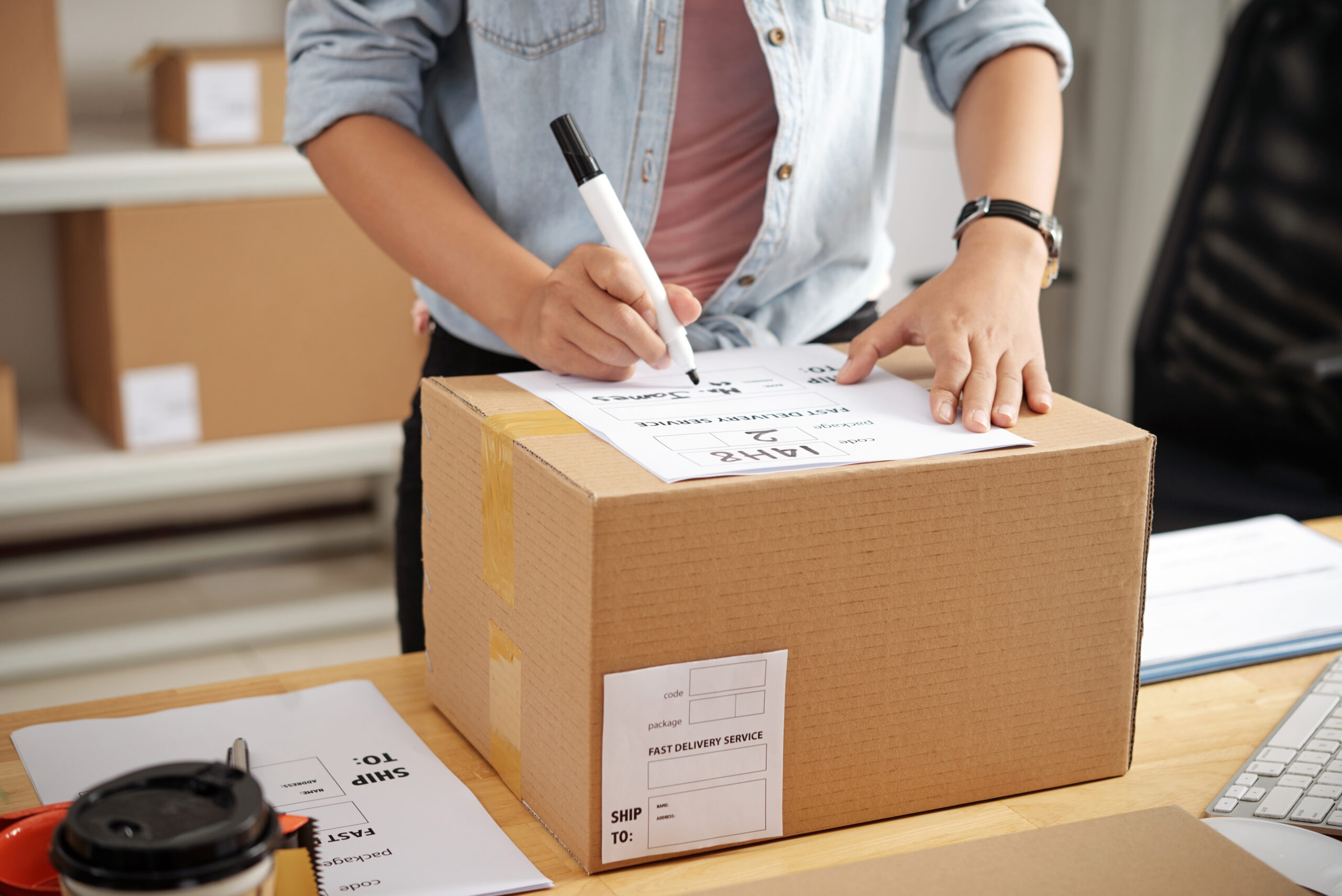Savvy e-commerce vendors are smart to do anything necessary to prevent deadstock – items in your inventory that you can’t seem to sell. Several missteps can cause some of your products to sit idly in your warehouse indefinitely, taking up space and accruing extra storage fees. Deadstock can happen for many reasons, including:
- Over estimating the amount of product to order.
- When a SKU is moving fast, many sellers are tempted to stock up on that SKU to prevent stockouts and backorders, only to have sales level off and stop altogether when a newer and more efficient product is introduced.
- No inventory management system in place. Unless you have the technology to track your sales, analyze your data, and forecast sales for all of your SKUs for upcoming cycles, you’re working in the dark, guessing at your inventory levels and upcoming needs.
- Ordering the wrong kinds of products that don’t sell for a long time. Sometimes you can’t predict what products are going to sell and which ones will sit on the shelf.
- Ineffective marketing of products. Some products don’t move because they aren’t properly marketed or the sales staff doesn’t know how to market them.
- Defective products. Some SKUs don’t work as they are advertised, parts are missing from the manufacturer, or for some other reason, they just don’t work as they should.
Deadstock Can Wreak Havoc On Your Available Capital
Dead weight that you just can’t move not only takes up space, but negatively affects your purchasing power – tying up the available cash you need to order more stock that will fly off your shelves. To move some of this deadstock, vendors can try a few things, such as:
- Promoting these products as ‘limited number left’ to spur customers to buy
- Offering deadstock as daily and weekly specials at a discounted rate
- Moving the stock to a different warehouse where that SKU is moving
- Bundling your deadstock with other products as a special offering
- Offering deadstock as a free product when a customer’s shopping cart total exceeds a set dollar amount
- Offering free shipping as an incentive for consumers to buy
- Listing your product on marketplaces such as eBay and Amazon with built-in audiences
- Listing your stubborn SKUs on price comparison websites such as Google Shopping, Nextag, PriceGrabber, Shopping.com, and Shopzilla to get more exposure for your products
- Selling your deadstock to an overstock or off-price discount store at a significant cost reduction
- Selling your deadstock to liquidators for pennies on the dollar
- Donating your deadstock for a tax benefit
How To Avoid Deadstock Situations
The first thing growing e-commerce businesses need is an effective inventory management system – i.e., how much inventory they have, how fast their SKUs are moving, and how to optimize their storage spaces with enough inventory to fulfill orders but not so much inventory that warehousing costs rise and the overstock ties up capital that could be used to purchase more products that are moving. Implementing inventory and warehouse management systems can be an expensive investment for most e-commerce brands. Coupled with the fact that as you grow, you will reach a point where warehousing your inventory and training staff to efficiently fulfill your orders can take over the day-to-day operations of running your business, instead of utilizing your staff’s time and talent to continue to develop products and source the suppliers you need to further expand your business to the next level.
3PL Providers Shed Light On What Could Be A Dark Situation
Working with a 3PL provider can help optimize your inventory projections and streamline your fulfillment operations. In a continuing trend, over 60% of online vendors are partnering with 3PL providers, such as Phase V to streamline their processes and implement inventory management systems to avoid things like deadstock. Powered by advanced inventory and warehouse management systems with proprietary inventory management technology available to you, your business will be able to perform predictive analysis of past sales cycles and seasonal sales to give you an estimation of where your stock levels should be to make insightful decisions to optimize your inventory levels for upcoming cycles. Demand forecasting also allows online businesses to:
- Set up alerts so you can replenish your stock before you run low
- Send a restock purchase order to your suppliers in a timely fashion
- Better determine lead times for restocking inventory
Demand Forecasting Assists In Planning Your Budget
Forecasting how much of each SKU you will need to fulfill your orders during different cycles assists in determining when and how much of each SKU you will need to manufacture or order from your suppliers to optimize your inventory levels.
Lean And Organized Warehousing
Predicting how much warehouse space you will need can help keep your inventory organized, as well as avoiding extra space storage fees and long-term storage fees for deadstock.
Labor Planning
When you partner with a 3PL provider, demand forecasting can help determine how much warehousing and fulfillment labor you will likely need for each sales cycle.
Real-Time Inventory Status
In addition to forecasting demand, your 3PL’s technology can give you 24/7 real-time info about how your SKUs are moving currently in addition to showing you how your current demand compares to previous sales cycles.
Demand Forecasting Improves Your Entire Supply Chain Functions
Demand forecasting provides you an overview of upcoming cycles, based on the performance of your SKUs in past sales cycles. Getting a good look into the future of your business helps you make better financial decisions, assists you with pricing strategies, and makes predictions about your inventory that your 3PL provider can implement to ensure proper order management – i.e., see that your orders are pulled immediately after they come in, quickly and efficiently package orders according to your instructions, and ship orders to your customers so that they arrive on time and intact. Phase V partners with e-commerce businesses to streamline your fulfillment processes by automating your pick & pack and shipping processes. Our proprietary analytic and reporting tools allow you to optimize your sales, inventory levels, and warehouse costs to help you move into your next phase of expansion. With a 99.95% accuracy rating, contact Phase V to improve your deadstock issues.



